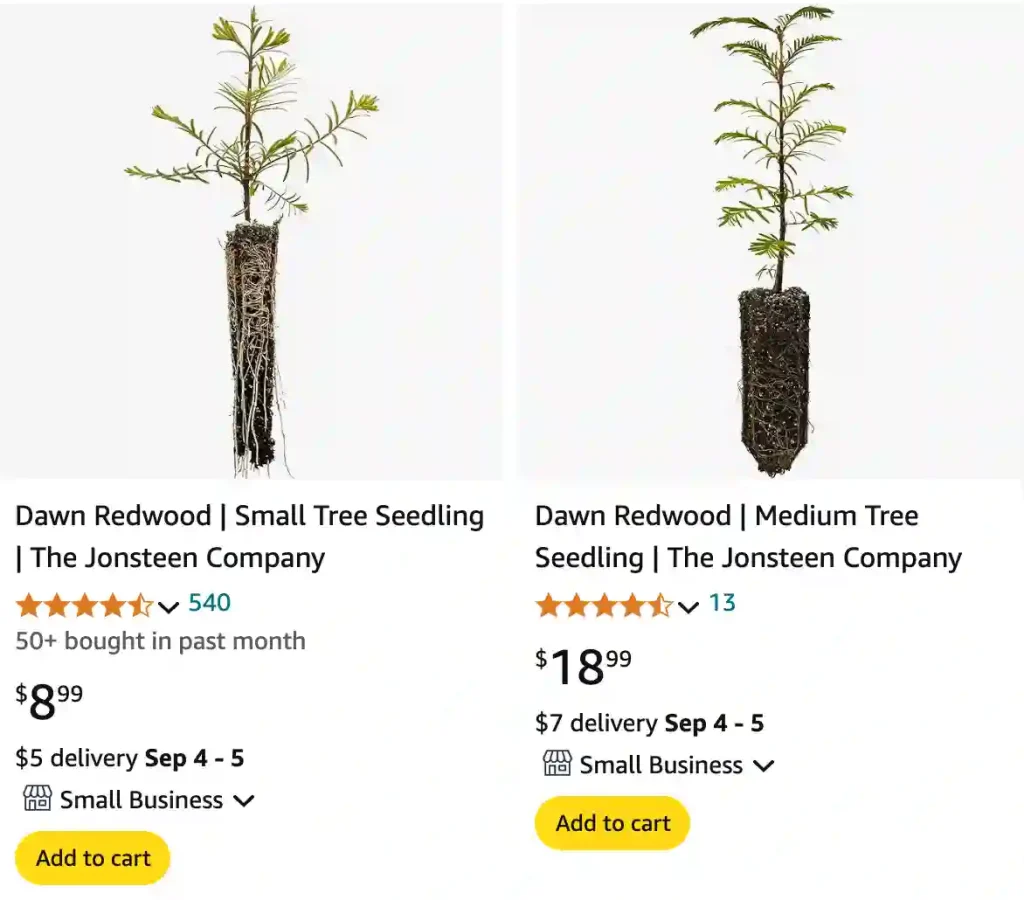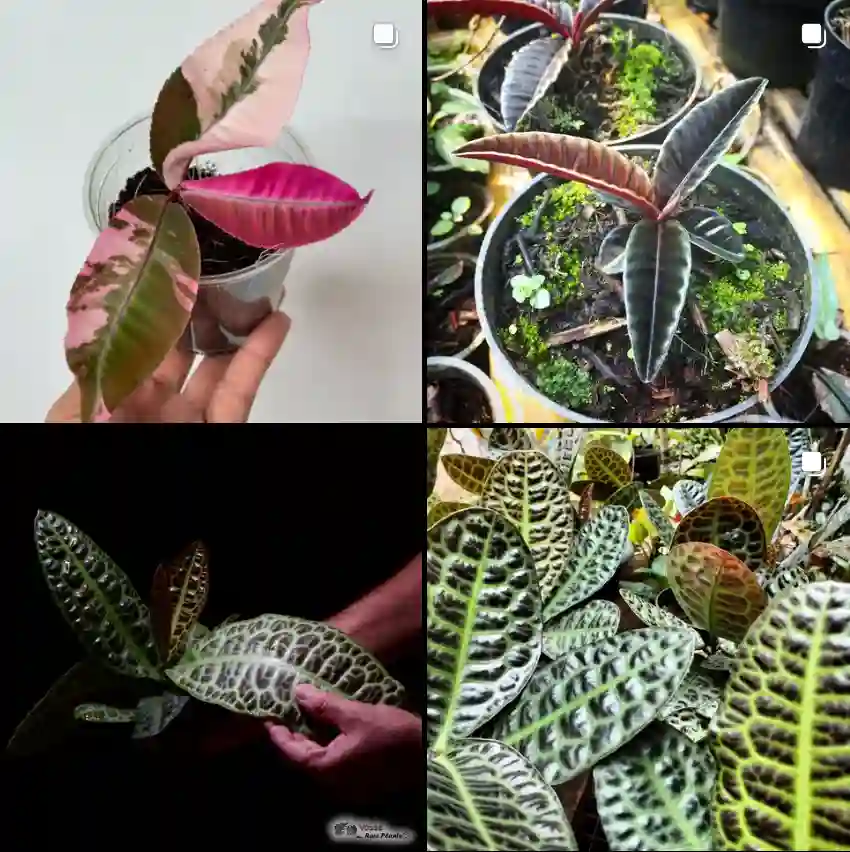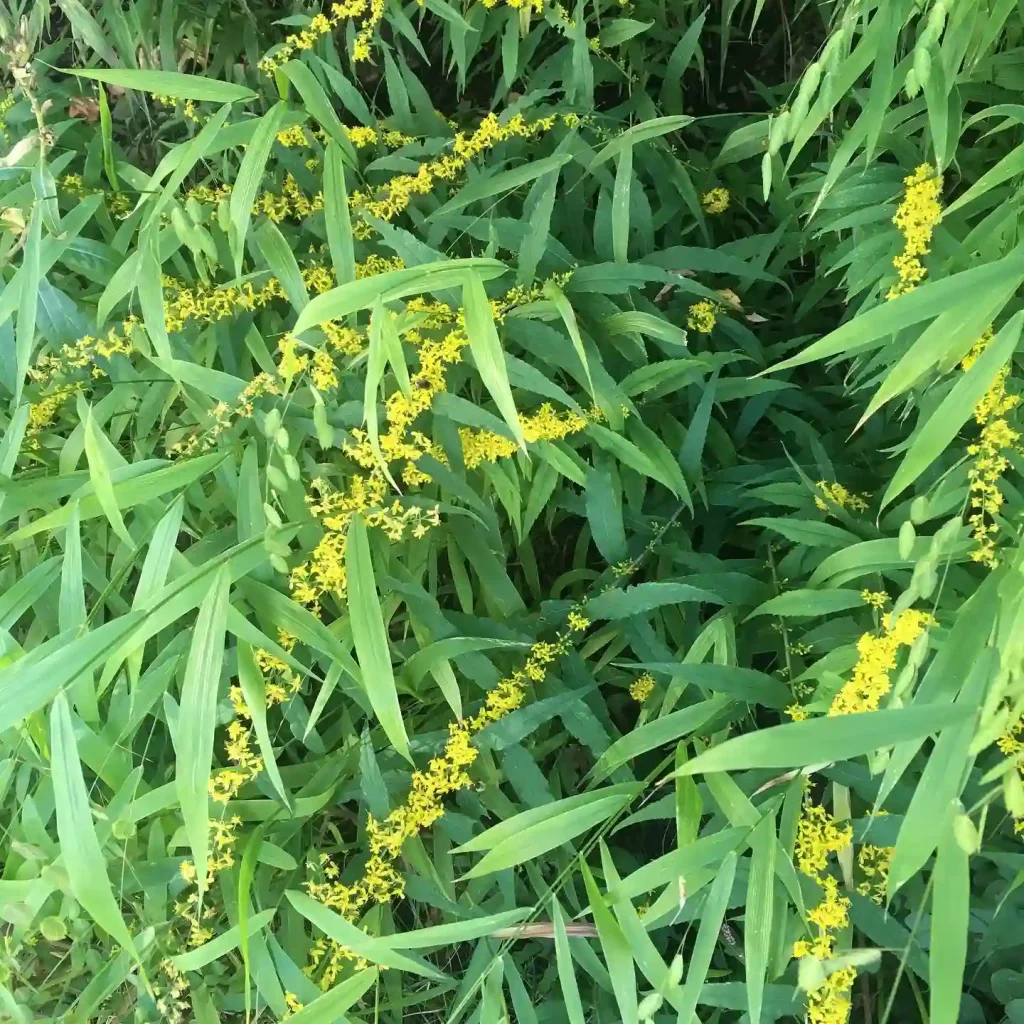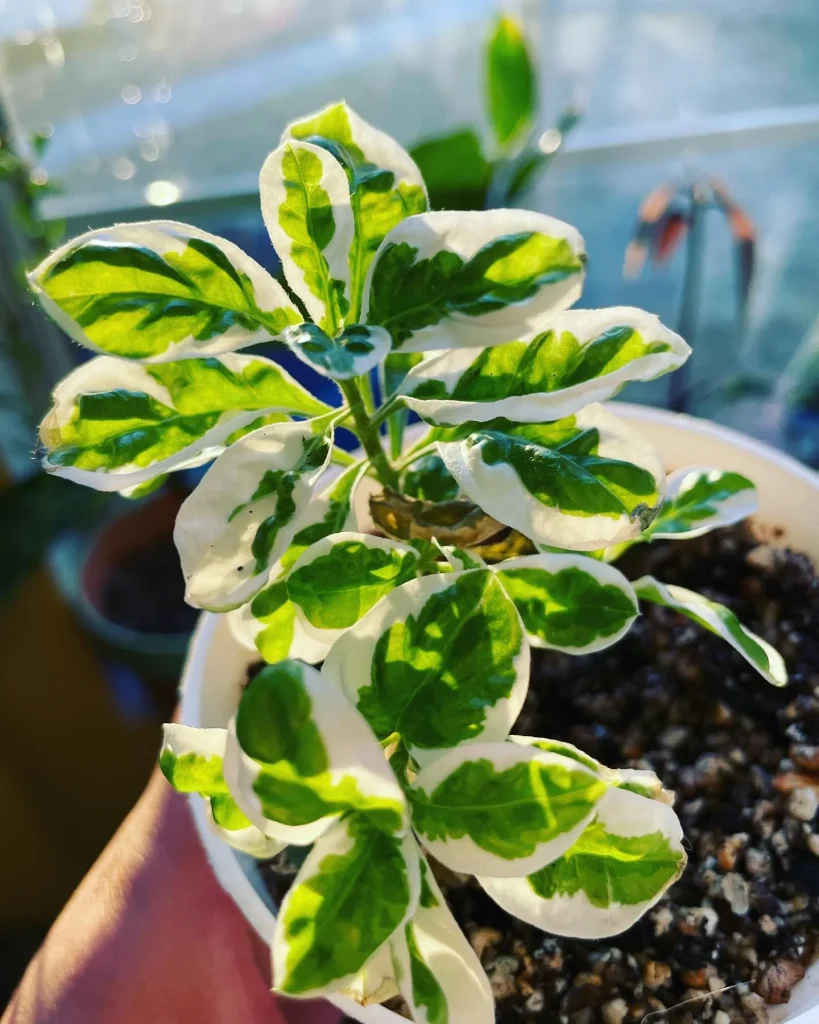
March 16 – Metasequoia
"Metasequoia, the dawn redwood, represents March 16."
This ancient tree symbolizes renewal and timelessness. You have a wise and enduring soul, offering guidance and stability. Like Metasequoia, you bring a sense of history and perspective to life.
My Experience with the Dawn Redwood (Metasequoia glyptostroboides)
As a lover of unique and ancient trees, I’m continually fascinated by the Dawn Redwood, scientifically known as Metasequoia Glyptostroboides, belong to the Cupressaceae family. This remarkable species, one of the few deciduous conifers in the world, has a compelling backstory, striking characteristics, and strong environmental relevance. Here, I’ll share my experience with it, exploring its history, growth patterns, ideal care requirements, and potential applications in landscapes.
The Dawn Redwood’s Remarkable History
I first learned about Metasequoia Glyptostroboides as an ancient “living fossil.” Long thought to be extinct, this species was only known through fossil records until a small grove was found in China’s Hubei province in 1941. This discovery captivated botanists worldwide, as it was like stepping back into the prehistoric era. It’s thrilling to think that this tree has existed for millions of years, thriving alongside dinosaurs. Its survival through climatic changes over the epochs is a testament to the resilience and adaptability that I see reflected in its growth in modern landscapes.
In the mid-20th century, seeds were distributed to botanical gardens globally, igniting renewed interest in its cultivation. The tree’s striking appearance and rich heritage made it an iconic addition to gardens and landscapes worldwide.
Characteristics and Appearance
When I first planted my Dawn Redwood, I was impressed by its unique structure and foliage. Metasequoia Glyptostroboides has soft, feathery, and needle-like leaves that turn a brilliant, fiery orange in the fall before dropping – something uncommon among conifers. In the spring and summer, the foliage is a delicate, bright green, lending a lightness to this impressive tree. It’s easy to appreciate why it often becomes a focal point in landscapes.
What stands out about the Dawn Redwood is its impressive height and conical shape. Mature trees can reach up to 100 feet in the right conditions, making them ideal for spacious landscapes where they can become towering features. Their buttressed trunk is another standout feature, developing a wide, flared base over time that gives it an ancient, almost primeval presence.
How Fast Does a Dawn Redwood Grow?
One of the most impressive features of the Dawn Redwood is its growth rate. In ideal conditions, it can grow up to 3 feet per year. This rapid growth makes it an excellent choice for those who want to see significant results quickly. I’ve seen my own tree reach remarkable heights in just a few years, making it a rewarding addition to my landscape.
Are Dawn Redwoods Deciduous?
Yes, Dawn Redwoods are deciduous. Unlike evergreen conifers that keep their needles year-round, Dawn Redwoods shed their needles in the fall. This seasonal change adds a beautiful contrast to gardens, as the needles turn from green to a rich orange or red before dropping.
Do Dawn Redwoods Lose Their Leaves?
As a deciduous tree, the Dawn Redwood does lose its leaves. In the fall, the needles turn a warm reddish-brown before falling off. This leaf drop is a natural part of the tree’s lifecycle and prepares it for the winter season.
Do Dawn Redwoods Change Color?
Absolutely. The needles of a Dawn Redwood change color in the fall. They transition from green to vibrant shades of orange and red before they fall off. This seasonal color change provides a stunning visual display and makes the tree a focal point in autumn.
Can Dawn Redwood Grow Indoors?
Growing a Dawn Redwood indoors is not practical. This tree requires a lot of space to reach its full potential and thrives best in outdoor environments where it has room to grow. Indoor conditions typically do not provide the necessary space or light for this tree to thrive.
How Big Do Dawn Redwood Trees Get?
Dawn Redwoods are known for their impressive size. They can grow up to 100 feet tall and 30 feet wide when mature. In the right conditions, some specimens can even reach up to 150 feet in height. This grandeur makes them a striking presence in any large garden or park.
How Long Does a Dawn Redwood Live?
A Dawn Redwood has a long lifespan, often living for several hundred years. While many trees in gardens may not reach their maximum age due to environmental factors, in their natural habitat, they can live for up to 1,000 years or more.
How to Grow Dawn Redwood from Cuttings?
Growing a Dawn Redwood from cuttings can be challenging. It requires taking semi-hardwood cuttings in late summer or early fall. Use a rooting hormone to encourage root development and keep the cuttings in a humid environment until they establish roots. This method demands patience and careful attention to ensure success.
How to Grow Dawn Redwood from Seed?
Growing Dawn Redwoods from seeds is a more straightforward method. Collect seeds from a mature tree in late fall or early winter. Stratify the seeds by keeping them in a cold, moist environment for a few months. After stratification, sow the seeds in well-drained soil and keep them moist. Germination can take several weeks, but with proper care, you’ll soon have seedlings ready to grow.
When to Plant Dawn Redwood?
The best time to plant a Dawn Redwood is in the spring or fall. Planting in these seasons allows the tree to establish its roots before the extreme temperatures of summer or winter. Choose a location with ample sunlight and well-drained soil for optimal growth.
Dawn Redwood vs Bald Cypress
Both the Dawn Redwood and Bald Cypress are deciduous conifers, but they have some differences. The Dawn Redwood has feathery, soft needles and a more pyramid-like shape, while the Bald Cypress has a more open, irregular canopy and needle clusters that resemble tufts. Both trees turn a lovely color in the fall, but the Bald Cypress tends to have a more reddish-brown hue compared to the Dawn Redwood’s orange.
Dawn Redwood vs Coast Redwood
The Coast Redwood is an evergreen, while the Dawn Redwood is deciduous. Coast Redwoods have a more towering and slender form, reaching up to 300 feet, while Dawn Redwoods are generally shorter but wider. The Coast Redwood has a denser foliage and stays green year-round, contrasting with the seasonal needle drop of the Dawn Redwood.
Dawn Redwood vs Giant Sequoia
Both the Dawn Redwood and Giant Sequoia are massive trees, but they differ in their foliage and growth habits. The Giant Sequoia is evergreen with thick, reddish bark and grows taller, up to 300 feet. The Dawn Redwood, on the other hand, is deciduous, has a more open canopy, and changes color in the fall. Both trees are awe-inspiring but offer different aesthetic qualities.
How to Care for Dawn Redwood?
Caring for a Dawn Redwood involves regular watering, especially during dry periods. The tree prefers moist, well-drained soil and full sunlight. Pruning is usually minimal but may be necessary to maintain its shape or remove any dead or diseased branches. Mulching around the base can help retain moisture and keep weeds at bay.
Is Dawn Redwood Toxic?
No, Dawn Redwoods are not toxic to humans or pets. They are safe to grow in gardens where children and animals may play. This makes them a great addition to family-friendly landscapes.
Common Problems with Dawn Redwoods
While Dawn Redwoods are generally hardy, they can face issues such as needle drop caused by environmental stress or pests. Regular inspections and proper care can mitigate these problems. Ensuring adequate space and moisture is key to keeping your Dawn Redwood healthy and thriving.
The Environmental Significance of Metasequoia glyptostroboides
Beyond its beauty, Metasequoia glyptostroboides plays a role in environmental conservation. I like to think of it as a “climate-resilient” species, as its adaptability hints at its ability to thrive despite environmental challenges. Studies have shown that its dense canopy helps capture carbon, which can positively impact air quality in urban environments. This characteristic makes it not only a beautiful addition to parks but also a sustainable one, contributing to greener, healthier cities.
Furthermore, the tree’s tolerance for wet conditions and ability to absorb large amounts of water make it an excellent choice for areas prone to flooding or water runoff. Planting Dawn Redwoods along waterways or drainage areas can stabilize soil and prevent erosion. It’s inspiring to know that a tree with such a deep-rooted history can contribute to modern environmental efforts.
My Final Thoughts on the Dawn Redwood
Cultivating Metasequoia glyptostroboides has been a rewarding experience, not only for its aesthetic value but also for its story and resilience. Watching it thrive in my garden, knowing it has survived and thrived through millennia, adds a sense of wonder to every season. This tree, with its rich history and modern relevance, reminds me that certain plants carry a legacy worth preserving.
Whether you’re a seasoned gardener or a landscape designer, the Dawn Redwood brings a unique blend of beauty, environmental impact, and historical significance to any green space. It’s a living testament to the endurance of nature and an inspiring addition to any landscape where its towering presence can be truly appreciated.
If i die, water my plants!



